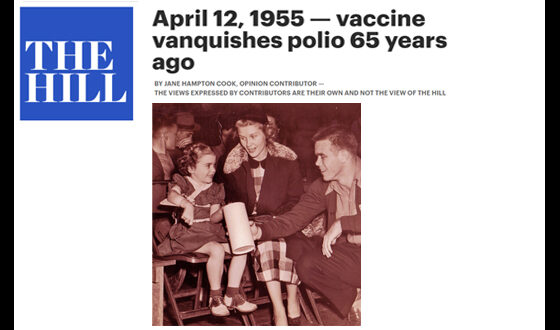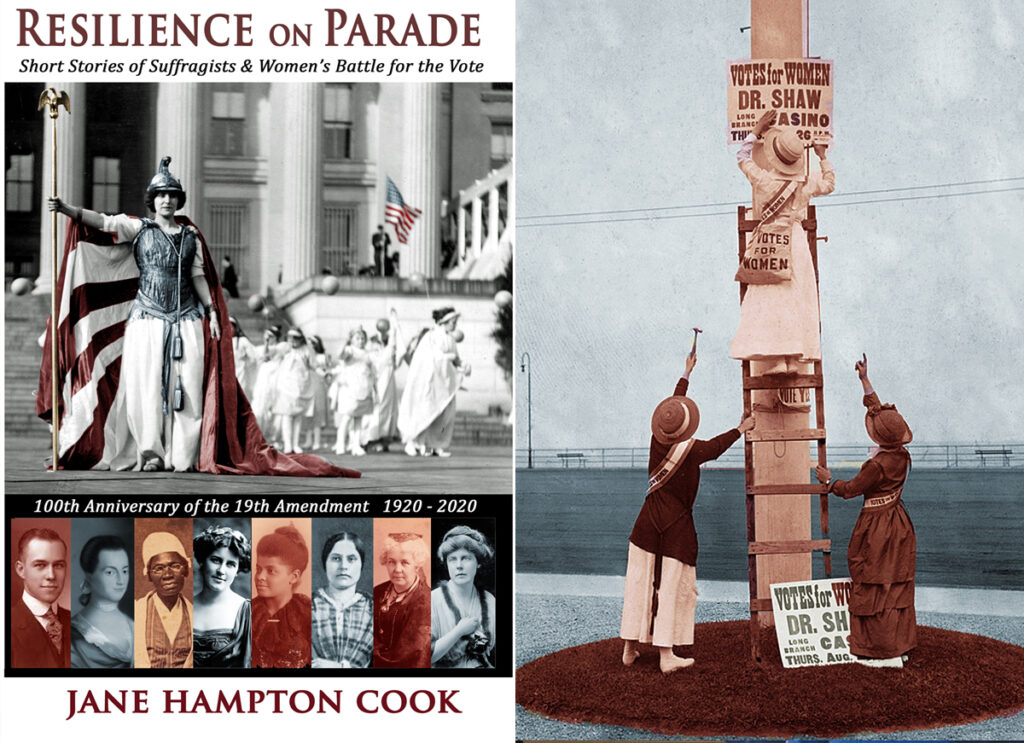As Americans combat the COVID-19 virus, we can find inspiration in the breaking news of April 12, 1955. On that day 65 years ago, Americans learned about one of medicine’s greatest achievements, the polio vaccine.
“Polio Threat Conquered by Salk Vaccine,” the Arkansas Democrat declared on its front page that Dr. Jonas Salk’s polio vaccine had proven effective after a large clinical trial evaluating nearly 2 million children. “Ann Arbor Michigan (AP)—The Salk polio vaccine works—safely, potently—and can virtually end the icy fear that long has gripped the hearts of parents.”
For years Americans had lived in fear of the crippling virus known as polio, which is short for poliomyelitis. The first polio outbreak in the United States took place in Vermont in 1894 and infected more than 100 people. Another epidemic hit New York in 1916 with 9,000 cases and 2,343 deaths. More epidemics followed in the late 1940s and early 1950s, with Texas, Oklahoma and Arkansas as hotspots.
“Between 1949 and 1954, 35 percent of those who contracted polio were adults,” while 65 percent affected were children and teenagers. In the United States, polio crippled an average of 35,000 people a year. The number of U.S. cases in 1952 reached more than 57,000.
My mother, Judy Travis, lost the use of her right shoulder when she was four-years-old after she was infected by polio in 1949 (pictured above). Several months later, she became the March of Dimes poster child for Pulaski County in Little Rock, Arkansas, and raised money for the vaccine. Americans around the nation pooled their loose change to fund Salk’s vaccine.
Read the full article as originally published on TheHill.com.



